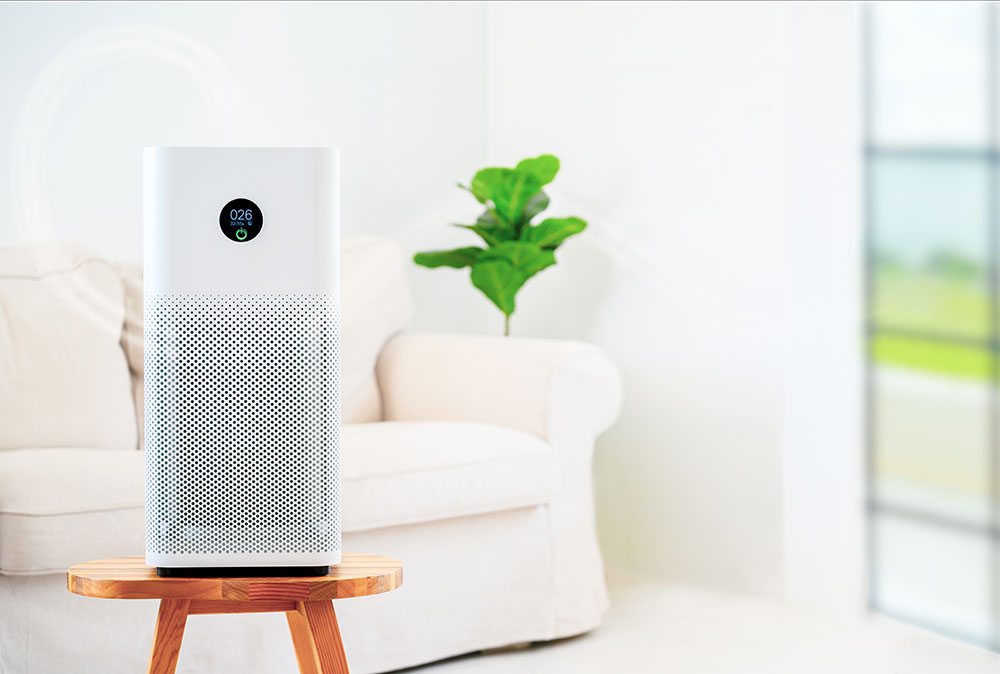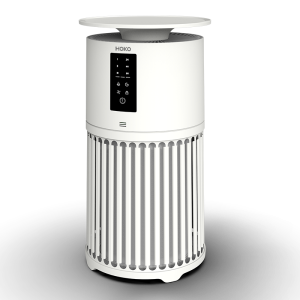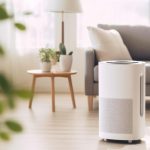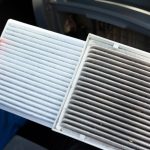Maximizing the efficiency of your air purifier is essential for ensuring that you and your family breathe the cleanest air possible. Air purifiers are invaluable tools for improving indoor air quality by removing contaminants such as dust, pollen, pet dander, and other pollutants. However, to get the most out of your air purifier, it’s important to use it correctly and maintain it properly. This comprehensive guide will provide you with practical tips and strategies to maximize your air purifier’s efficiency and create a healthier home environment.
Proper Placement
Avoid Corners and Walls
The placement of your air purifier significantly affects its performance. To maximize air intake and circulation, avoid placing your air purifier too close to walls, in corners, or behind furniture where airflow is restricted. Ideally, position it in an open area where air can circulate freely around it.
High Traffic Areas
Consider placing your air purifier in areas where air quality issues are most prevalent, such as living rooms, bedrooms, or kitchens. These are typically the places where you spend the most time and where pollutants tend to accumulate.

Regular Maintenance
Filter Replacement
Regularly replacing the filters is crucial for maintaining your air purifier’s efficiency. Follow the manufacturer’s guidelines for filter replacement. HEPA filters, which are highly effective at trapping particles, should typically be replaced every 6 to 12 months, depending on usage and air quality conditions.
Cleaning the Unit
In addition to replacing filters, it’s important to clean the exterior of the air purifier and vacuum the air intakes and outlets periodically. Dust and debris can accumulate on these surfaces, hindering airflow and reducing the purifier’s effectiveness.
Monitor Filter Status
Many modern air purifiers come with indicators that alert you when it’s time to replace or clean the filters. Pay attention to these alerts to ensure your purifier continues to operate at peak efficiency.
Running Schedule
Continuous Operation
For the best results, run your air purifier continuously. Many models come with energy-efficient settings that allow for 24/7 operation without significantly increasing energy costs. Continuous operation ensures that your indoor air remains consistently clean.
Use Timers
If running the purifier continuously is not an option, use a timer to operate it during hours when air quality is at its worst, such as during cooking, cleaning, or when you are home.
Adjust Settings
Utilize automatic modes that adjust the fan speed based on real-time air quality measurements. These settings help maintain optimal air quality while conserving energy.

Choosing the Right Size
Match Room Size
Ensure that the air purifier you choose is appropriate for the size of the room where it will be used. An undersized unit won’t be effective in larger spaces, while an oversized purifier can consume unnecessary power. Check the manufacturer’s specifications for the recommended room size.
Check CADR Ratings
The Clean Air Delivery Rate (CADR) indicates the volume of filtered air delivered by the purifier. Choose a model with a CADR rating that matches the size of your room to ensure effective air cleaning.
Enhance with Natural Methods
Ventilation
When outdoor air quality is good, open windows to allow fresh air to circulate and reduce indoor pollutant levels. Ventilation can complement the work of your air purifier by bringing in clean air from outside.
Houseplants
Certain houseplants, such as spider plants, snake plants, and peace lilies, are known for their air-purifying abilities. Adding these plants to your home can help further improve indoor air quality and complement the efforts of your air purifier.

Addressing Common Concerns
Do Air Purifiers Help with Sleep Apnea?
For individuals suffering from sleep apnea, air purifiers can help by reducing the amount of airborne irritants that can worsen breathing difficulties. Removing particles like dust and pet dander ensures that nasal passages are clearer, potentially reducing the frequency of apnea episodes. However, it’s important to note that air purifiers are not a replacement for medical treatments such as CPAP machines.
Are Air Purifiers Safe for Lungs?
Air purifiers, especially those equipped with HEPA filters, can help reduce fine particles in the air that can be harmful to your lungs. They are particularly beneficial for individuals with asthma or other respiratory conditions by filtering out pollutants that can trigger symptoms.
Is It Good to Sleep with an Air Purifier On?
Yes, running an air purifier while you sleep can help maintain a cleaner air environment, potentially improving sleep quality by reducing allergens and irritants. An air purifier can also reduce odors in the bedroom, creating a comfortable environment that’s conducive to good sleep.
Conclusion
Maximizing the efficiency of your air purifier involves proper placement, regular maintenance, and choosing the right unit for your space. By following these best practices, you can ensure that your air purifier operates at its best, providing you with the cleanest air possible. For more information and to find the perfect air purifier for your home, explore our comprehensive range of products and contact our team for personalized advice.
Introducing the HOKO Pet Air Purifier CADR410 – your ultimate solution for cleaner, fresher air in medium-sized rooms up to 70m². Designed with pet owners in mind, this advanced air purifier combines the power of an ionizer and a HEPA filter to effectively capture dust, pollen, pet dander, and other airborne toxins. With four adjustable fan speeds, you can customize your air purification experience to suit your needs, ensuring a healthier and more comfortable living environment for you and your furry friends. Breathe easy with the HOKO Pet Air Purifier!



